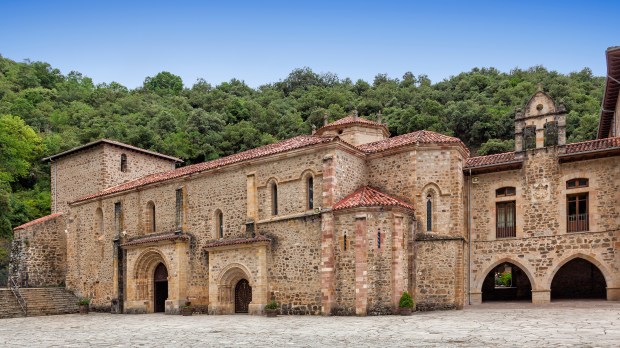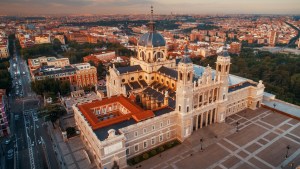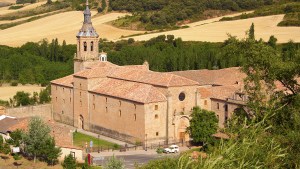Every religion has at least one holy city. Catholicism has five. Each of them has a Perpetual Jubilee recognized by the church that allows them to celebrate a holy year every 7 years and to grant perpetual indulgences. These cities are thus more than geographical locations; they are repositories of spiritual traditions. Pilgrimages to these holy cities are not mere holiday trips – they are transformative experiences, a conscious effort to connect with one’s own spiritual heritage.
Two of the five holy cities of Catholicism are, obviously enough, Jerusalem and Rome. The other three are all in Spain. And whereas you might be familiar with Santiago de Compostela (mainly because of the legendary Way of Saint James), chances are you have never heard of Caravaca de la Cruz or Santo Toribio de Liébana.
Santiago de Compostela
Since the 9th century, when the tomb of the Apostle James was found, Santiago de Compostela became one of Europe’s main spiritual powerhouses, and a pilgrimage destination of unparalleled importance. The Camino de Santiago, an ancient network of pilgrim routes, converges at the Cathedral of Santiago de Compostela, where the relics of St. James the Greater, one of the apostles of Jesus Christ, are preserved and revered. Pilgrims arrive there after traversing the landscapes of northern Spain, seeking not only the physical triumph of reaching the journey’s end, but an in-depth renovation of their faith.
Caravaca de la Cruz
In Murcia, in southeastern Spain, the city of Caravaca de la Cruz houses an exceptional shrine, steeped in historical and spiritual significance. The Basilica de la Vera Cruz, despite its relatively humble presence, cradles a revered fragment of the Lignum Crucis, the True Cross, known as the Cross of Caravaca. Legend claims the fragment was carried, from Jerusalem, straight into this basilica, by angels – although there are different versions to this story. Pilgrims from far and wide converge upon this city, drawn by the allure of the holy relic.
Santo Toribio de Liébana
Camaleño is a small town of about 1,000 inhabitants, deep within the Cantabrian Mountains of northern Spain. There, the monastery of Santo Toribio de Liébana also houses another fragment the True Cross – only this is the largest one in all of Christianity. While the relic was kept in Jerusalem, fragments of it had already arrived in Europe as early as the 5th century, as in the case of the famous monastery of the Holy Cross in Poitiers, France. But the biggest fragment of the Holy Cross’ relic was taken to Spain, from Jerusalem (or from Rome, according to others), by St. Turibius of Astorga.
The monastery’s website claims that the relic is a part of the left arm of the Holy Cross. It preserves the hole where Christ’s hand was nailed. In the 16th century, the wood was carefully cut, shaped as a cross, and placed in the silver reliquary in which it is presently kept. The wood is that of a Mediterranean cypress (Cupressus sempervirens). Being extremely long-lived, some of these trees have been reported to be over 1,000 years old.
Measuring 24 inches high, 14 inches across, and almost 1.5 inches thick, it is the largest preserved relic of the cross of Christ (even bigger than the one kept in St. Peter’s Basilica in Rome).



